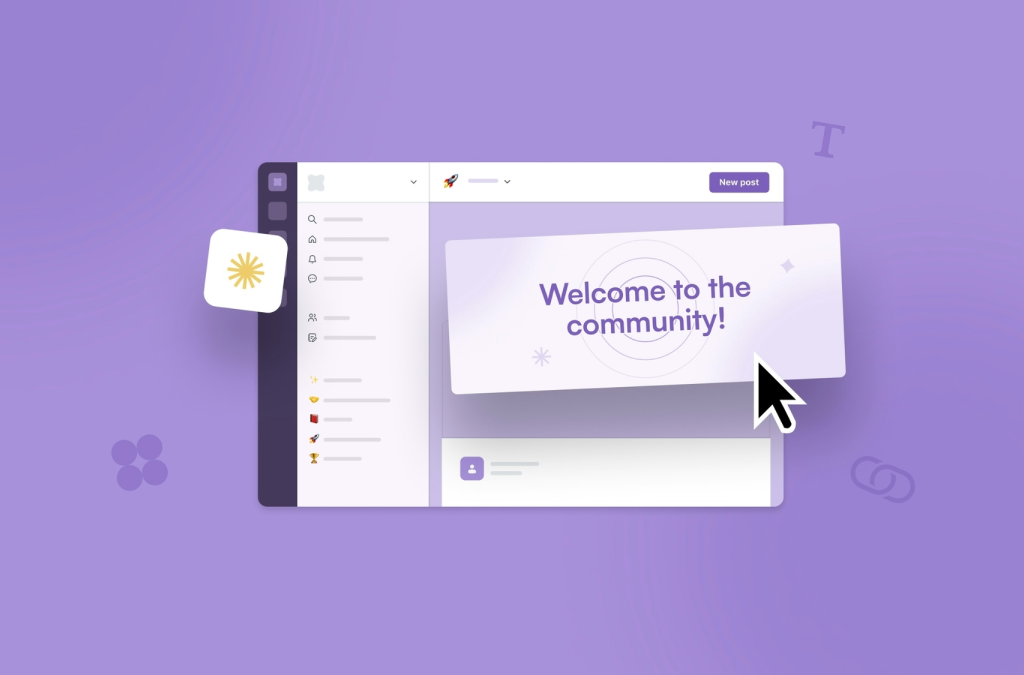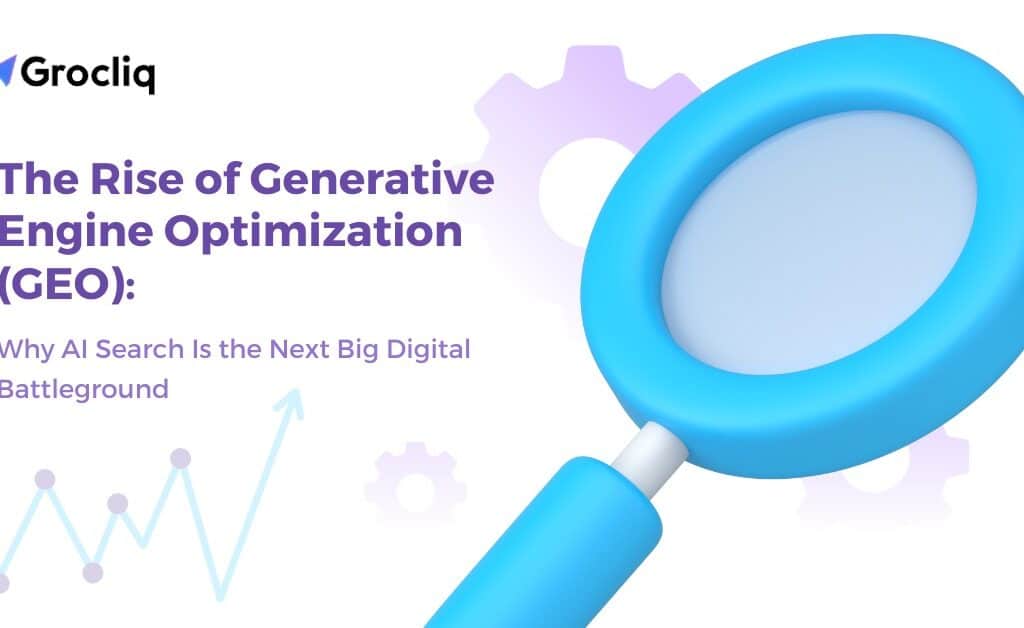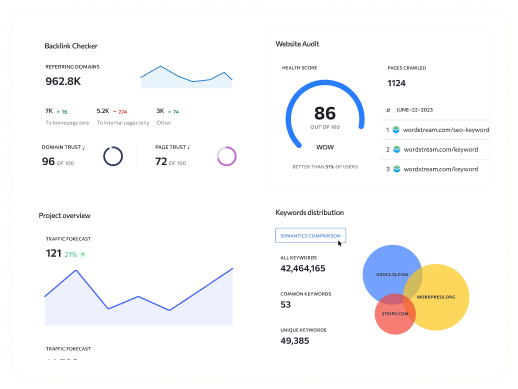Run of Site (ROS) is a popular term in online advertising, referring to ad placements that are not confined to specific pages or sections of a website. When advertisers purchase a Run of Site (ROS) ad, their advertisements can appear across the entire website, allowing for widespread exposure. Unlike targeted ad placements, which are limited to certain areas or content, Run of Site (ROS) provides more flexibility in terms of where the ad can be shown.
Benefits of Run of Site (ROS)
One of the major advantages of Run of Site (ROS) advertising is cost-efficiency. Because advertisers are not selecting particular pages for their ads, they generally pay less for this type of campaign compared to highly targeted placements. This makes it an attractive option for businesses looking to increase their visibility without a significant investment. It’s particularly useful for brands aiming to boost awareness or reach a broad audience. For more about optimizing ad strategies, check out blackhatworld for discussions on alternative approaches in digital marketing.
Drawbacks of Run of Site (ROS)
While Run of Site (ROS) advertising provides broad visibility at a lower cost, it comes with some trade-offs. The primary drawback is the lack of control over ad placement. Since ads can appear anywhere on the website, they might be shown on pages that are not relevant to the advertiser’s target audience. This can lead to lower engagement and less return on investment compared to more targeted advertising methods. Learn more about the differences between targeted advertising and ROS.
When to Use Run of Site (ROS)
Run of Site (ROS) is best suited for campaigns that prioritize brand awareness over targeted reach. If the goal is to cast a wide net and get your brand in front of as many eyes as possible, Run of Site (ROS) can be an excellent strategy. However, for campaigns that require precision in reaching specific audiences, other advertising methods like dynamic search ads might be more effective.
Note: Read Our Latest Glossaries:
Year on year (YoY) | Google Plus (G+) | proof of concept | Gross Merchandise Volume (GMV) | rewrite my paragraph | portable network graphics | pay for performance | year to date meaning | Real-Time Bidding (RTB) | Budget, Authority, Need, Timing (BANT) | Bright Local (BL) | Return on Advertising Spend (ROAS) | Average Order Value (AOV) | share of voice | tf-idf | Outbound Link (OBL) | Calculate conversion cost | how to calculate beta | what is a gui | file transfer protocol | cost per acquisition | engagement rate calculator | what is a coa | Customer Lifetime Value (CLTV) | Calculate YouTube Revenue | altavista search engine | sem copy optimisation
Frequently Asked Questions
Q1. What does Run of Site (ROS) mean?
A1: Run of Site (ROS) means that ads can appear anywhere on a website, without being limited to specific sections or pages.
Q2. Is Run of Site (ROS) advertising more affordable?
A2: Yes, Run of Site (ROS) ads are generally more affordable because they are less targeted and offer broader placement.
Q3. Who should use Run of Site (ROS)?
A3: Businesses looking to build brand awareness and reach a large audience can benefit from Run of Site (ROS) campaigns.
Q4. What is the main downside of Run of Site (ROS)?
A4: The main downside is the lack of control over where the ads are displayed, which can reduce relevance for the target audience.
Q5. How do publishers benefit from Run of Site (ROS) ads?
A5: Publishers benefit by being able to fill ad inventory on less-trafficked pages, ensuring no space goes unsold.





